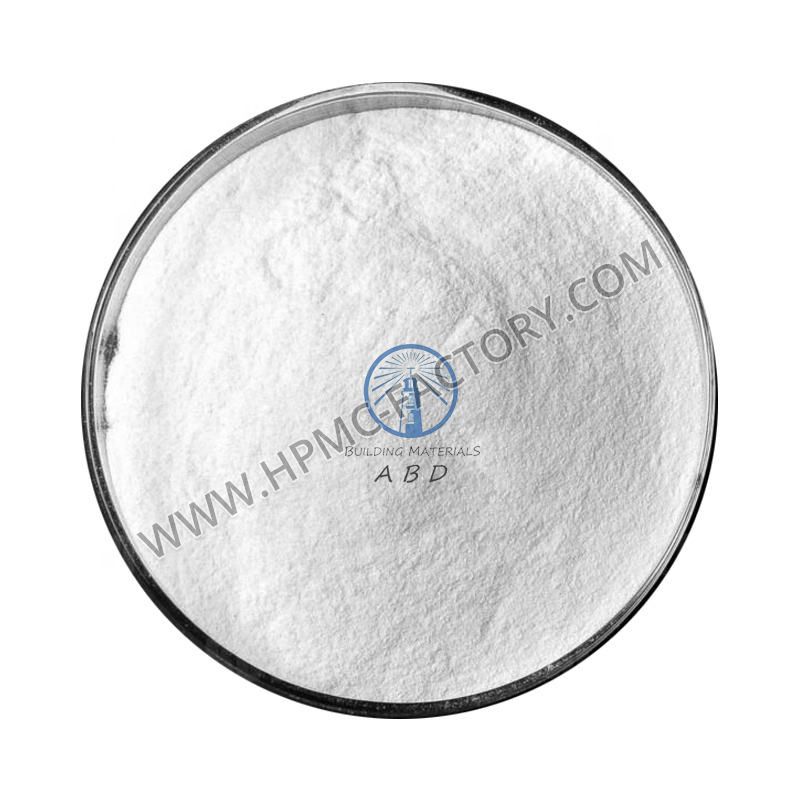The Properties that Make Hydroxypropyl Methylcellulose (HPMC) Stand Out
Hydroxypropyl Methylcellulose (HPMC), also known as Hypromellose, is a semisynthetic, inert, viscoelastic polymer. It is derived from cellulose, a natural polymer found in plant cell walls. Through a series of chemical processes, cellulose is modified to produce HPMC. This modification involves adding hydroxypropyl and methyl groups to the cellulose backbone, resulting in a compound with unique properties and a wide range of applications.

The Properties that Make HPMC Stand Out
HPMC boasts a remarkable set of properties that contribute to its versatility and usefulness in various industries:
1. Water Solubility
One of HPMC's standout features is its water-soluble nature. It can dissolve in both hot and cold water, making it invaluable in applications where controlled release or binding properties are required.
2. Film-Forming Abilities
HPMC has exceptional film-forming properties, which are especially advantageous in industries like pharmaceuticals and cosmetics. It is used to create coatings on pills and tablets, as well as in the formulation of skin-care products.
3. Thickening Agent
In the food industry, HPMC acts as a thickening agent, enhancing the texture and mouthfeel of various products, including sauces, soups, and dairy items.
4. Binder in Construction
In the construction industry, HPMC is widely used as a binder in cement-based materials. It enhances workability and adhesion, resulting in stronger and more durable structures.
Applications Across Diverse Industries
The versatility of hydroxypropyl methylcellulose is evident in its extensive range of applications:
Pharmaceutical Industry
In pharmaceuticals, HPMC is a crucial ingredient in drug formulations. It serves as a binder, controlled-release agent, and film former in the production of tablets and capsules.
Food Industry
In the food industry, HPMC is used as a food additive, primarily as a thickening and stabilizing agent. It is commonly found in products like ice cream, salad dressings, and baked goods.
Cosmetics and Personal Care
In the world of cosmetics, HPMC plays a pivotal role in the formulation of various products, including lotions, creams, and shampoos. Its film-forming properties make it an ideal choice for long-lasting makeup products.
Construction and Building Materials
HPMC is indispensable in the construction industry, where it enhances the workability and performance of mortar, tile adhesives, and gypsum-based materials. click here
Quality Assurance and Safety
We understand the paramount importance of quality assurance and safety when dealing with chemicals like HPMC. Our commitment to ensuring the highest standards of quality and safety sets us apart.
Stringent Quality Control
We adhere to rigorous quality control measures to ensure that our HPMC products meet the exacting standards of various industries. Our state-of-the-art laboratories are equipped to conduct comprehensive quality tests, guaranteeing the purity and effectiveness of our HPMC.
Compliance with Regulatory Standards
Our HPMC products comply with all relevant regulatory standards, including those set by the FDA, European Medicines Agency, and other global regulatory bodies. We prioritize safety and compliance in all our operations.
Conclusion
In conclusion, Hydroxypropyl Methylcellulose (HPMC) is a versatile compound with a wide array of applications across multiple industries. Its unique properties, including water solubility, film-forming abilities, and thickening properties, make it indispensable in pharmaceuticals, food, cosmetics, and construction.
At AiBeiDe, we are dedicated to providing high-quality HPMC products that meet the diverse needs of our clients. Our commitment to stringent quality control and compliance with regulatory standards ensures that our HPMC is a trusted choice in the industry.
评论
发表评论